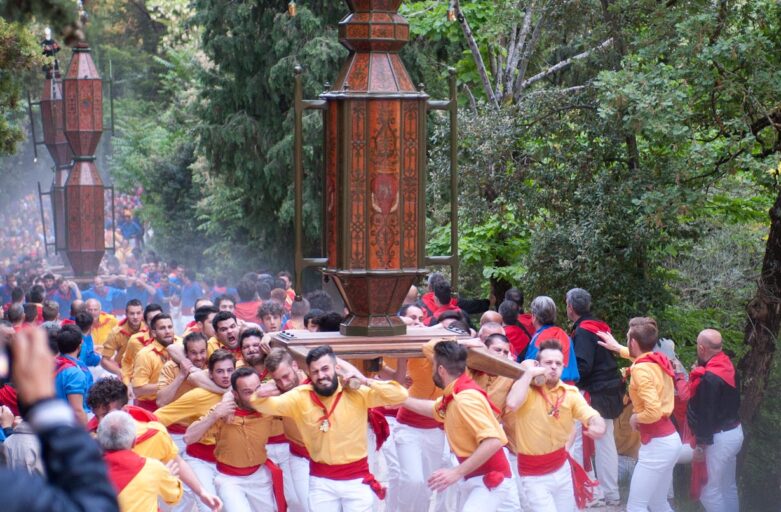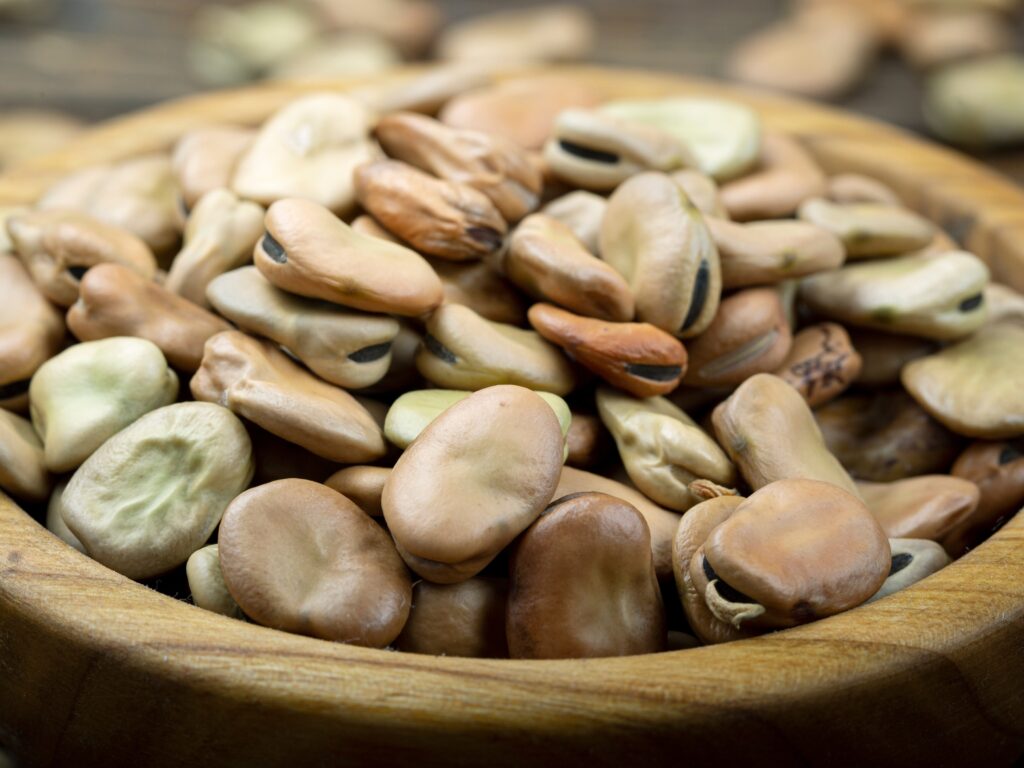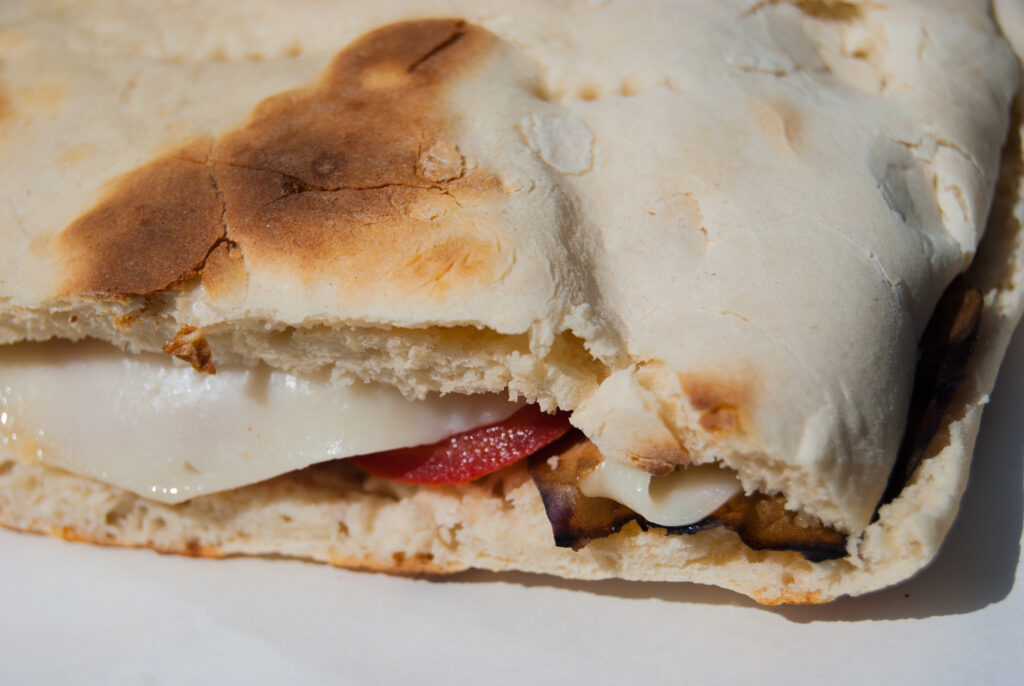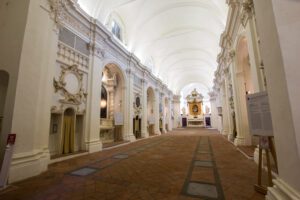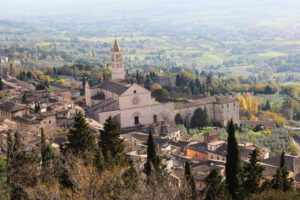The Festa dei Ceri (or Saint Ubaldo Day) is one of the oldest and most suggestive events that takes place every year on 15 May in the Umbrian town of Gubbio, attracting thousands of tourists from all over the world. Since 1973, the three Ceri have also been the symbol of the Umbria Region and, since 2013, the festival has been declared an intangible heritage of humanity by UNESCO, recognising the cultural and historical importance of the event.
The origins of the Festa dei Ceri
The inhabitants of Gubbio began celebrating the Festa dei Ceri after the death of Saint Ubaldo in 1160. The Patron Saint saved Gubbio many times from various sieges and sackings; for this reason, after his death, was built a church dedicated to him on Mount Ingino where his remains are still preserved. According to the tradition, every year, on the eve of the anniversary of his death, the population paid homage to the Saint with a procession called the Luminaria that reached the Church of Saint Ubaldo. During the procession, wax candles offered as gifts were carried by the city's guilds, each corresponding today to one of the Ceri (that can be literally translated as “candle”). The guild of masons and stonemasons corresponds precisely to Saint Ubaldo; the one of merchants to Saint George, and finally, the one of asinari to Saint Anthony.
Three colours correspond to the three Saints; in fact, the ceraioli (those who carry the Ceri) and supporters of Saint Ubaldo wear yellow, those of Saint George wear blue and those of Saint Anthony wear black.
As the centuries went by, the wax candles became larger and larger and more difficult to transport, so towards the end of the 1500s they were replaced with three wooden structures, very similar to those of today. The procession increasingly took the form of a real competition, also leading to problems of public disorder.
Corsa dei Ceri, a real competition
The event involves a series of rituals, of which the Corsa dei Ceri (race) is only the last part. It begins with the Investiture of the First Captain and then the Alzata, the raising of the candles. This is followed by the Exhibition, during which the candles follow a route in and out of the city to pay homage to the ceraioli (those in charge of carrying the candles) old and dead. The next stage is the Procession, which follows the race route in reverse; and finally the race, which is divided into four stages.
The aim of the race is to carry the Ceri from the Chiesa dei Neri to the Church of Saint Ubaldo, located on the summit of Monte Ingino, along a route of over four kilometres, without ever dropping them.
The Ceri are about 4 metres high and on their tops are placed the statues of the corresponding Saints, bringing the total height of each one up to almost 5 metres, weighing about 300 kg. The Ceri are placed vertically on H-shaped stretchers that allow them to be transported, and, due to their great weight, the ceraioli are continuously replaced during the competition without ever stopping.
Ceri mezzani and ceri piccoli
The event of the ceri is repeated on two other occasions, on the Sunday after 17 May with the ceri mezzani and on 2 June with the ceri piccoli. In the first, the ceraioli are teenagers carrying ceri half the size of the main ones; in the second, the ceraioli are children. Becoming a ceraioli is a path that begins as a child; therefore, the two events are also an opportunity to educate the younger generation about local traditions/bi>.
Vivi l’Umbria insieme ai suoi protagonisti
Percorsi ed esperienze da scoprire per un’immersione nella cultura, nella natura e nei sapori umbri
